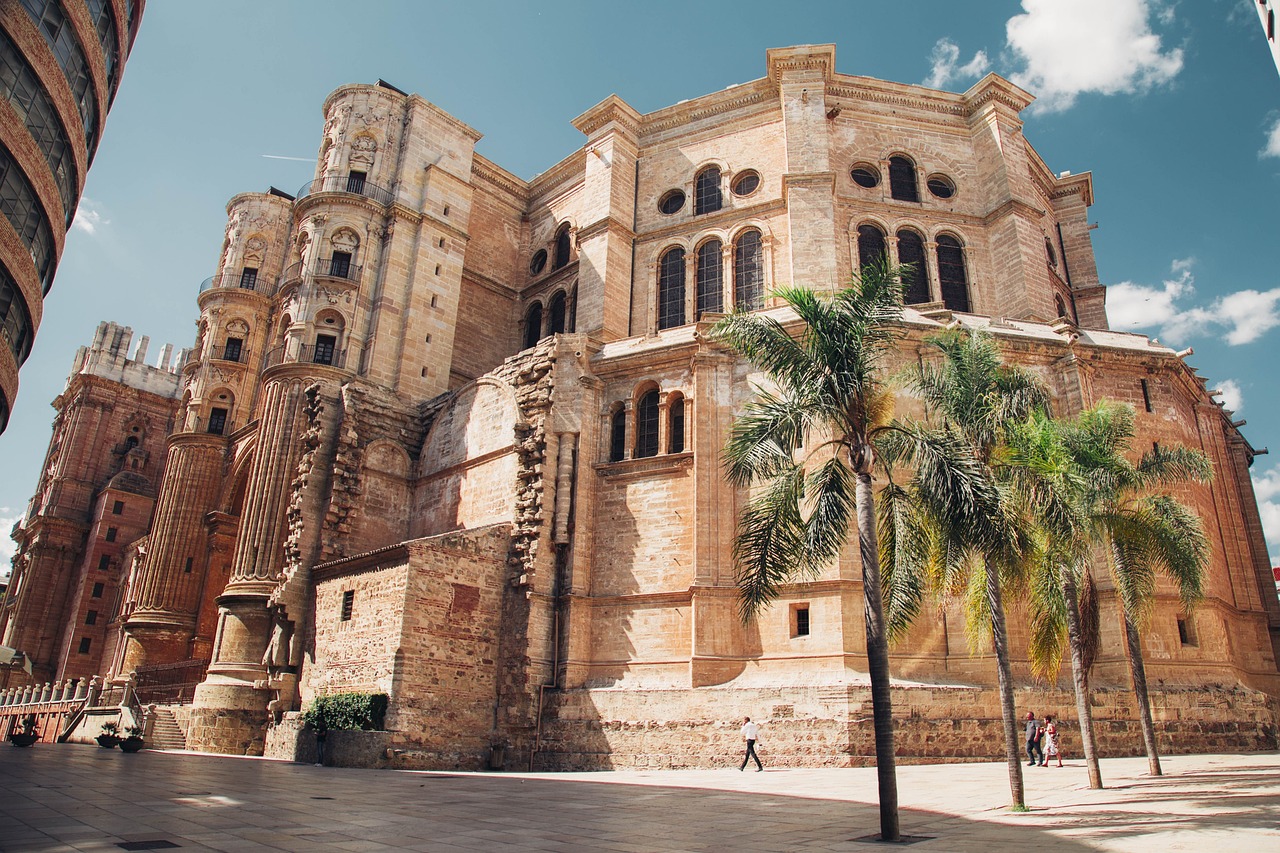Spain is a land renowned for its rich history, diverse culture, and stunning landscapes. With its distinct regions, each boasting unique traditions and attractions, Spain has long captured the imagination of travellers and scholars alike.
But how much do you actually know about Spain’s geography? Here we take a look at this fascinating country.

Spain is situated at approximately 40.4637° N latitude and 3.7492° W longitude, placing it
within the Iberian Peninsula. This prime location grants Spain access to the Mediterranean
Sea to the east and south, the Atlantic Ocean to the west, and the Pyrenees mountain range
to the north, which forms a natural border with France. Such a strategic positioning has
played a significant role in shaping Spain’s history, trade routes, and cultural interactions.
One of the most fascinating aspects of Spain’s geography is its diversity of landscapes.
From the arid plateaus of central Spain to the lush greenery of the north and the sunny
beaches of the Mediterranean coast, Spain offers a wide array of environments that have
greatly influenced its culture and way of life.

Mediterranean Coast: Spain’s eastern and southern coasts boast the enchanting
Mediterranean Sea, contributing to its well-known coastal tourism industry. Regions
like Catalonia, Valencia, and Andalusia enjoy a Mediterranean climate with hot, dry
summers and mild winters, making them popular destinations for sun-seekers from
around the world.
Central Plateau: The heart of Spain features an expansive plateau known as the
Meseta Central. This region experiences extreme temperature variations, with
scorching summers and chilly winters. Major cities like Madrid are located on this
plateau, shaping the economic and political landscape of the nation.
Pyrenees and Northern Greenery: The Pyrenees mountain range serves as a natural
boundary between Spain and France, offering breathtaking alpine scenery and
outdoor recreational opportunities. The northern regions, including Galicia, Asturias,
and the Basque Country, are characterized by lush green landscapes and a maritime
climate.
Spain’s geographical location has played a pivotal role in its history. Being at the crossroads
of Europe, Africa, and the Mediterranean has led to a blend of cultures, trade, and
migrations. Ancient civilizations like the Phoenicians, Romans, Moors, and Visigoths have all
left their mark on Spanish soil, shaping its architecture, language, and traditions.
Spain’s geographical location is a key factor in its identity, shaping everything from its
climate and landscapes to its historical development and cultural richness. The diverse
regions within the country offer a captivating blend of traditions, languages, and cuisines that
reflect the influence of various civilizations throughout history. Whether you’re exploring the
bustling streets of Madrid, savoring tapas in Barcelona, or relaxing on the sunny beaches of
the Costa del Sol, Spain’s geographical beauty and historical significance continue to inspire
and captivate visitors from around the world.



